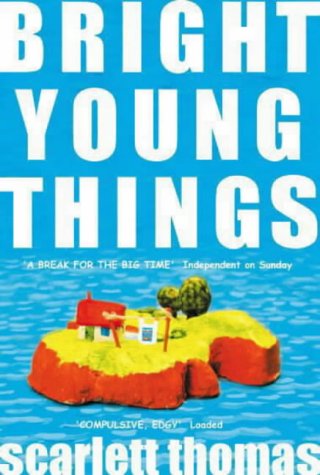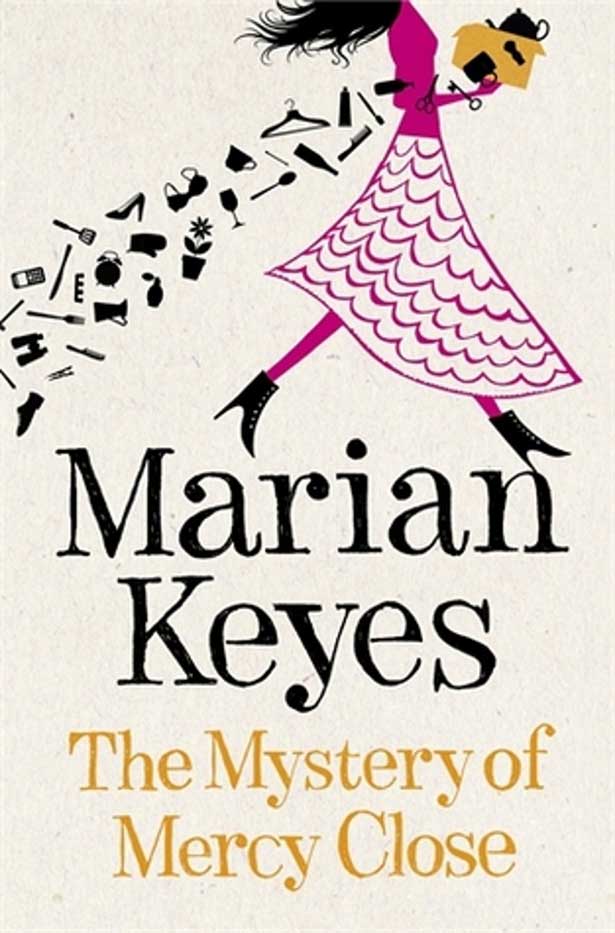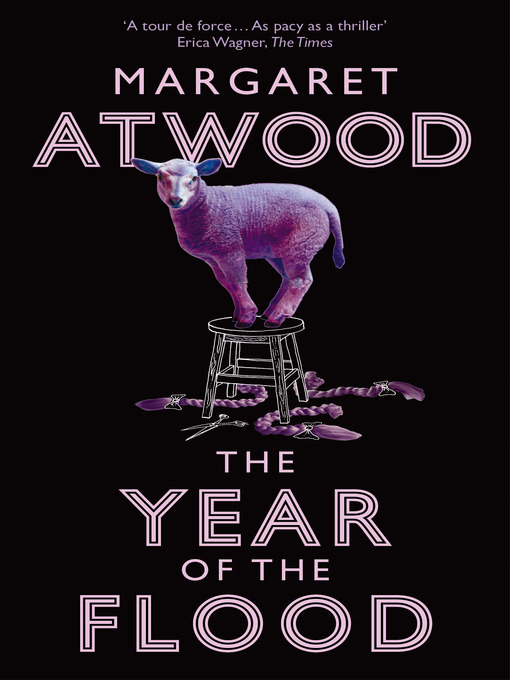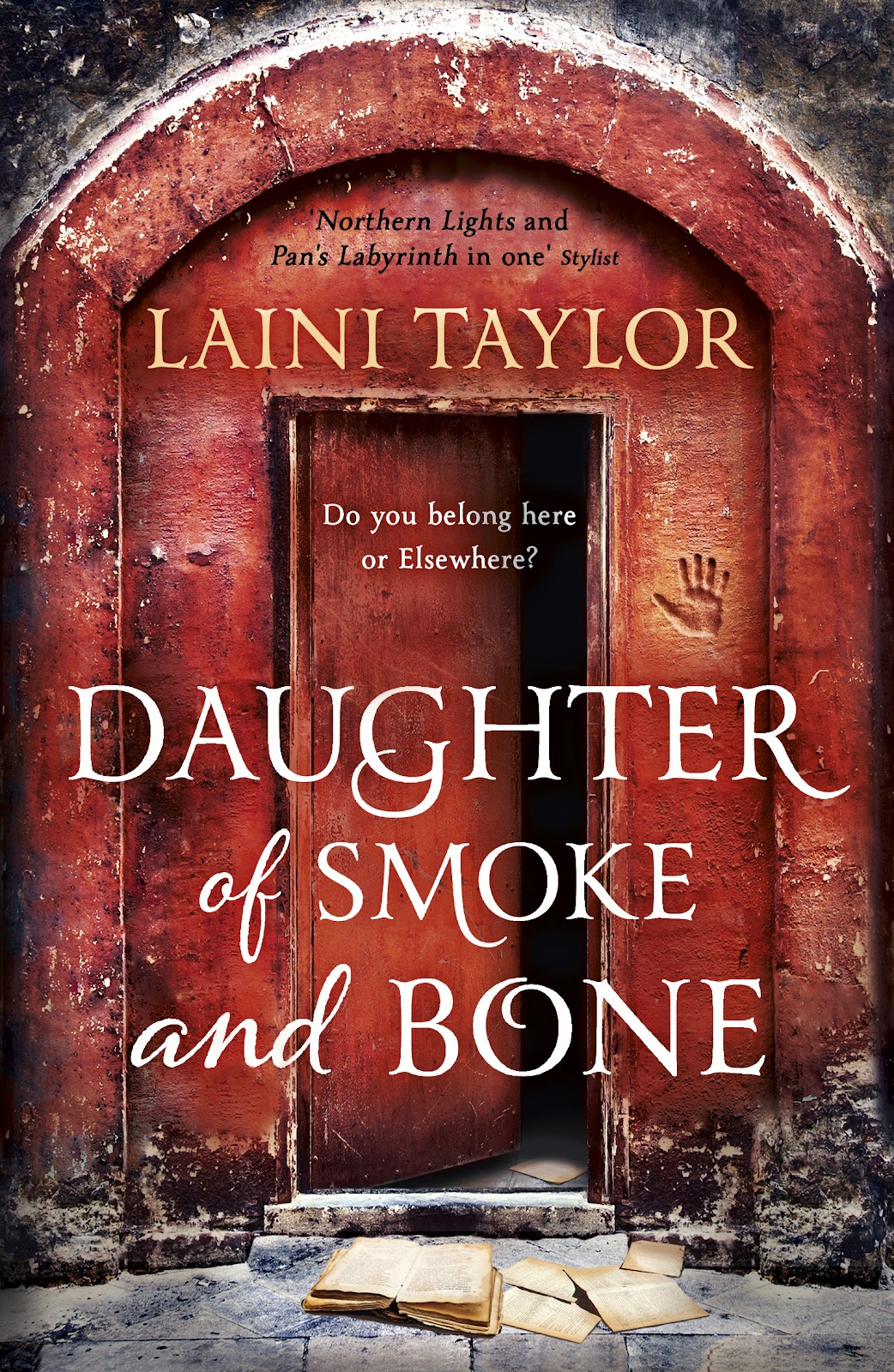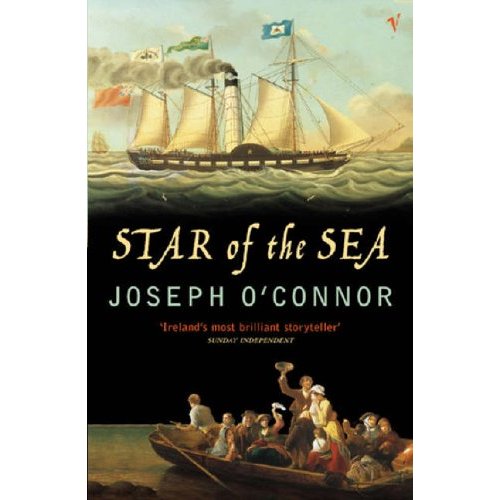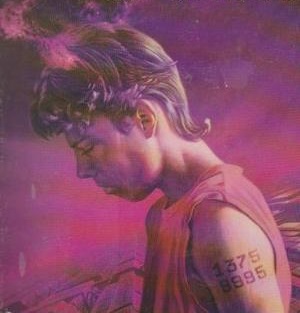Bright Young Things is the high concept story of a group of young people who respond to an ad for “bright young things” who are wanted “for a big project”, and who all mysteriously wake up in a house on a remote island, with no recollection as to how, or why, they are there.
In Part One we are introduced to the characters one by one. They are – Anne, a girl of a nervous disposition with a sheltered life and not sure of what to do next in life; Jamie, a mathematician who is haunted by numbers and looking for his next challenge (What’s the square root of everything? Nothing.”; Thea, who works in a nursing home and is also become tired with her lot in life; Bryn, a petty drug dealer who does freelance photography; Emily, a “bright young thing” who is conventionally attractive and ends up working for an escort agency; Paul, a vegetarian workaholic who is on the verge of quitting, and for the sheer thrill, is planning on releasing a virus in the near future.
A little is said about how each person came to the point of travelling all the way to Edinburgh for an interview for a job about which they know nothing. At least on the surface, they seem to have little in common, which makes their discovering themselves trapped together in the middle of nowhere all the more bewildering.
Of course, their first instinct is to wonder what could possibly have happened to them, the general consensus being that the interview people drugged them, for whatever reason, and dropped them off here. But as they explore, the house is well stocked with supplies and a sign saying “PLEASE. MAKE YOURSELVES AT HOME”.
However, it is not long until it becomes apparent that, rather than trying to escape immediately, the young people start talking about all the various things they’re into when it comes to “pop culture” (taking place in 1999, many of the pop culture references will perhaps be lost on people of a similar age today). Some – Thea particularly – object to resorting to discussing lowbrow entertainment such as pop music and soap operas, and being sarcastic all the time – indeed most of the time, being ironic is more important than being genuine – but with otherwise such contrasting backgrounds, the “bonding” effect of their conversation is surprising.
The superficiality of their conversation – discussing soap plots for pages at a time – is potentially off-putting, but as the “bonding” goes on into their first night there, the superficial eventually leads into the meaningful, with deep and dark secrets coming out into the open, mostly with the help of a drunken game of “Truth or Dare”.
Events soon take a drastic sinister turn, when they decide to call it a night and stumble back to their beds; one of them goes exploring in the attic and there finds a dead body; someone who, presumably only died a short time ago, and who must have brought them all there in the first place. It is only at this point in the story that they all seriously contemplate how to make an escape, and after a few of them have varying degrees of breakdown, along with more soul-searching, they eventually hatch a plan to build a boat and send the dead body away with a note asking for their rescue. After that, their future is, seemingly, left entirely up to fate.
Bright Young Things is largely built upon inner dialogue, where each character contemplates what’s going on, and outer dialogue, which is itself built largely upon the pop culture – and the trend for self-conscious affectation – of the time. The author, Scarlett Thomas, alludes to this in the introduction, saying that “The characters in Bright Young Things don’t know they are in a book, but they do know that they are in a story”.
Basically, the whole unlikely scenario the young people find themselves in is dealt with by treating it like a random occurrence in everyday life, which each character treats like a “story”. Even if many of the references now seem out of date, its use in aiding the “story” of the young people in this bizarre situation seems more appropriate.
Simply substitute any pop culture reference in the story for a more up-to-date one, and the same idea will still apply; this story can be seen as a satire of modern culture, or simply a survival story, most likely, it is probably meant to be both at the same time.
